Discover comforting easy healthy fall soup recipes to warm you up! From hearty vegetable soups to creamy pumpkin soups, find the perfect winter soups to satisfy your cravings. Try these easy-to-make fall recipes and embrace the cozy season.

As the crisp autumn air sets in, it’s time to warm your soul with a comforting bowl of homemade fall soups.
Embrace the season’s bounty and nourish yourself with delicious and healthy recipes that bring a touch of coziness to your kitchen.
From hearty butternut squash soup to flavorful lentil and vegetable stews, these recipes will satisfy your cravings while keeping you nourished.
Add a personal touch by incorporating your favorite seasonal ingredients, herbs, and spices, creating a soup that reflects your unique taste.
With simple words and easy-to-follow instructions, anyone can whip up these comforting creations.
So gather your chopping board, stock pot, and ladle, and let’s embark on a culinary journey filled with cozy and personalized fall soup recipes.
Get ready to savor the flavors of autumn and embrace the comfort of homemade goodness.
Cozy Fall Soup Recipes To Try
21. Acorn Squash Soup

Credit: Well Plated
20. Sausage Tortellini Soup
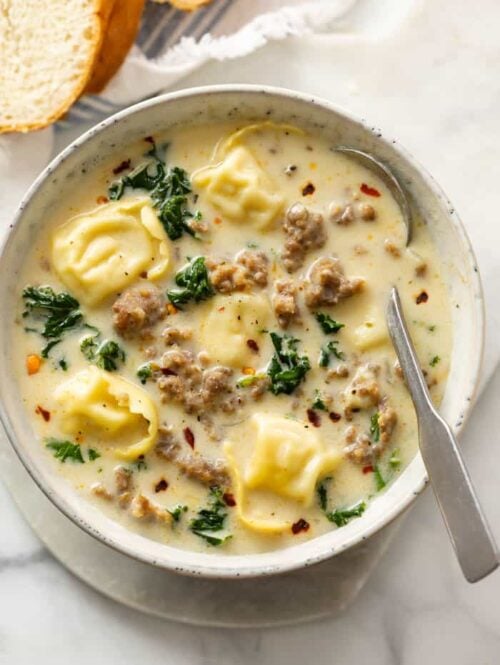
Credit: The Cozy Cook
19. Healthy Mushroom Soup
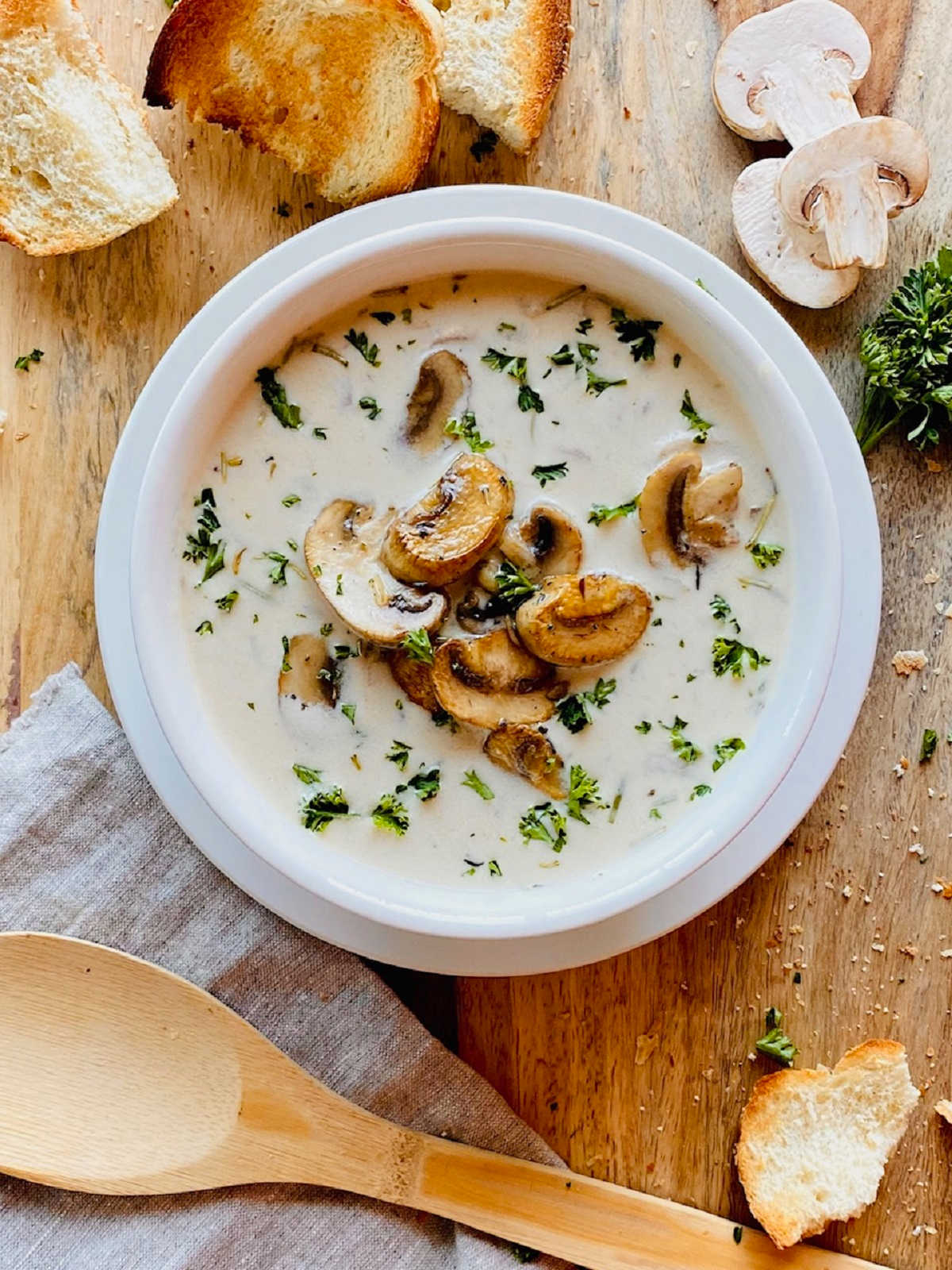
Credit: Aubrey’s Kitchen
18. Slow Cooker Pumpkin Soup
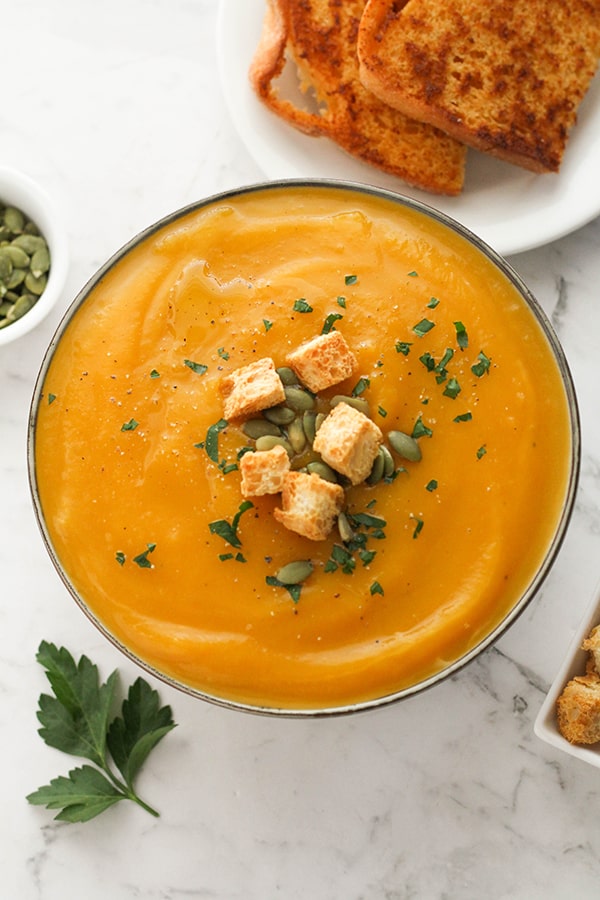
Credit: Cook It Real Good
17. Creamy Chicken Tortilla Soup

Credit: The Cookie Rookie
16. Chicken Pot Pie Soup

Credit: The Clean Eating Couple
15. Autumn Wild Rice Soup

Credit: Gimme Some Oven
14. Creamy Corn Chowder

Credit: Salt And Lavender
13. Roasted Tomato Basil Soup

Credit: How To Feed A Loon
12. Creamy Potato & Pumpkin Soup

Credit: Where Is My Spoon
11. Butternut Squash Soup

Credit: Spend With Pennies
10. Creamy Wild Rice Soup
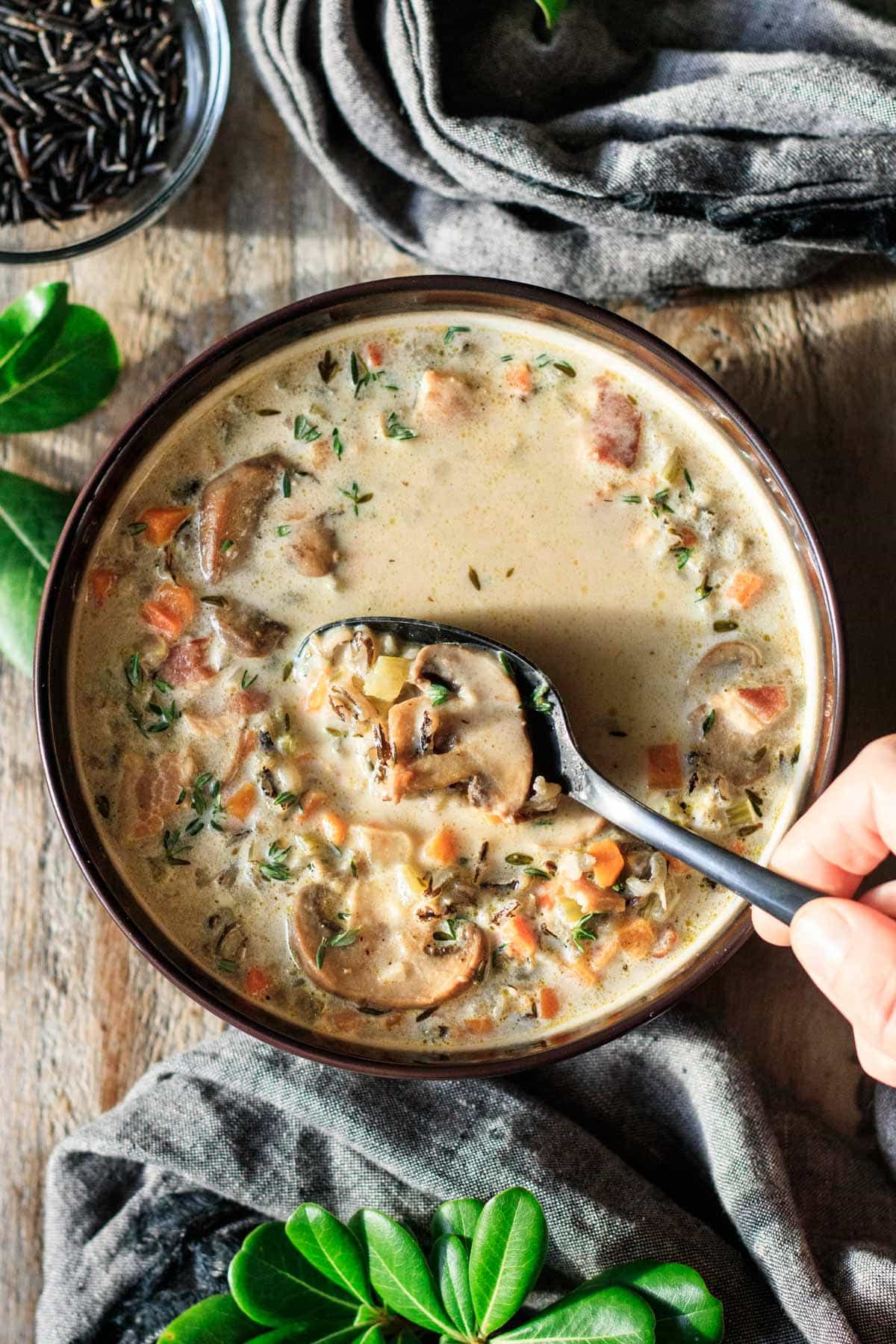
Credit: Savor The Flavour
9. Zuppa Toscana
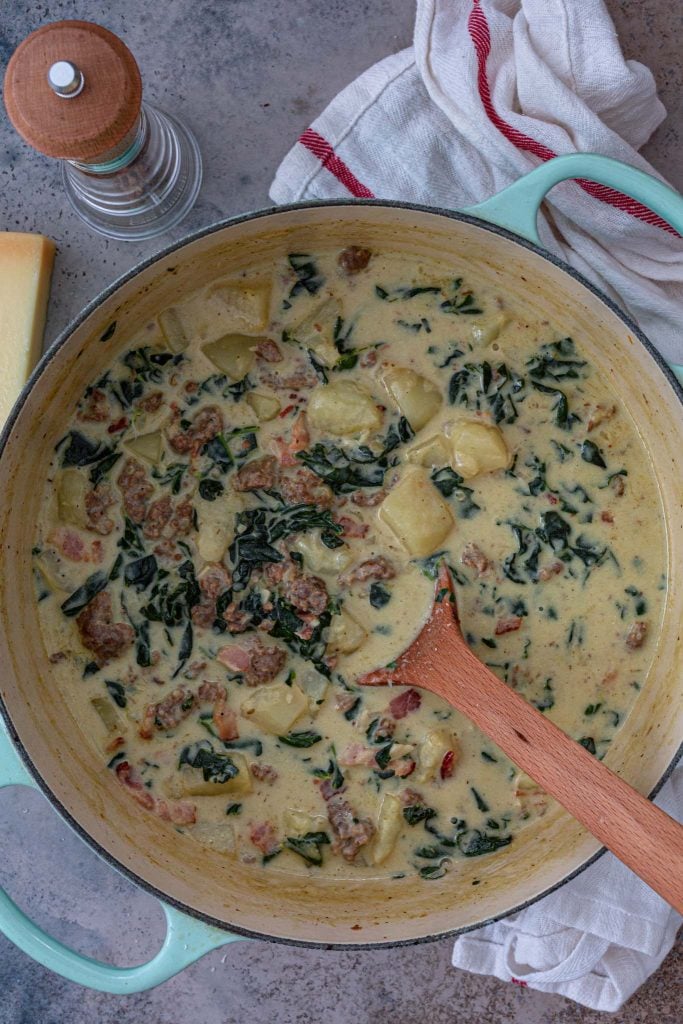
Credit: Olivia’s Cuisine
8. Pumpkin Carrot Soup
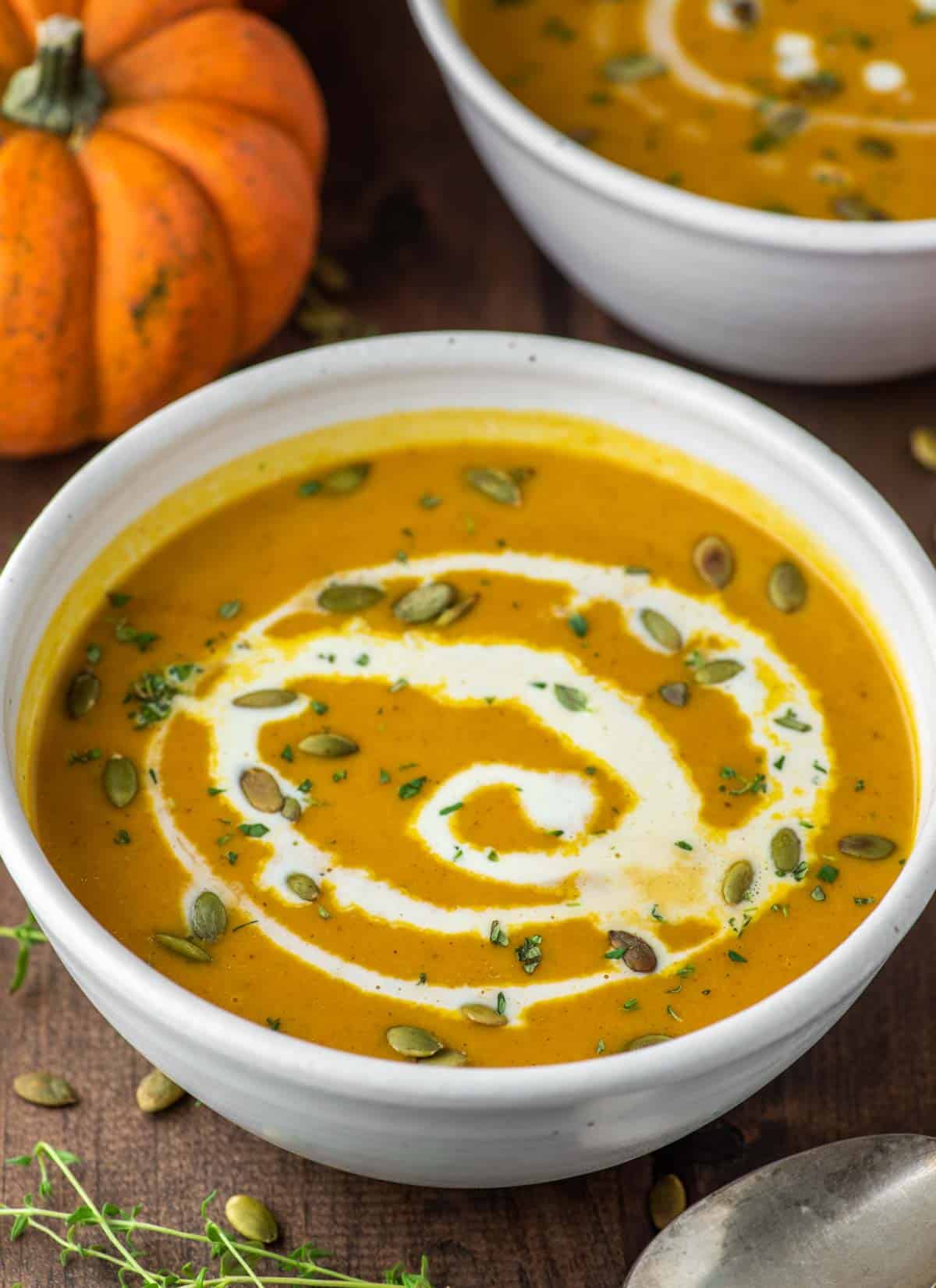
Credit: Chisel And Fork
7. One-Pot Creamy Tomato Tortellini Soup
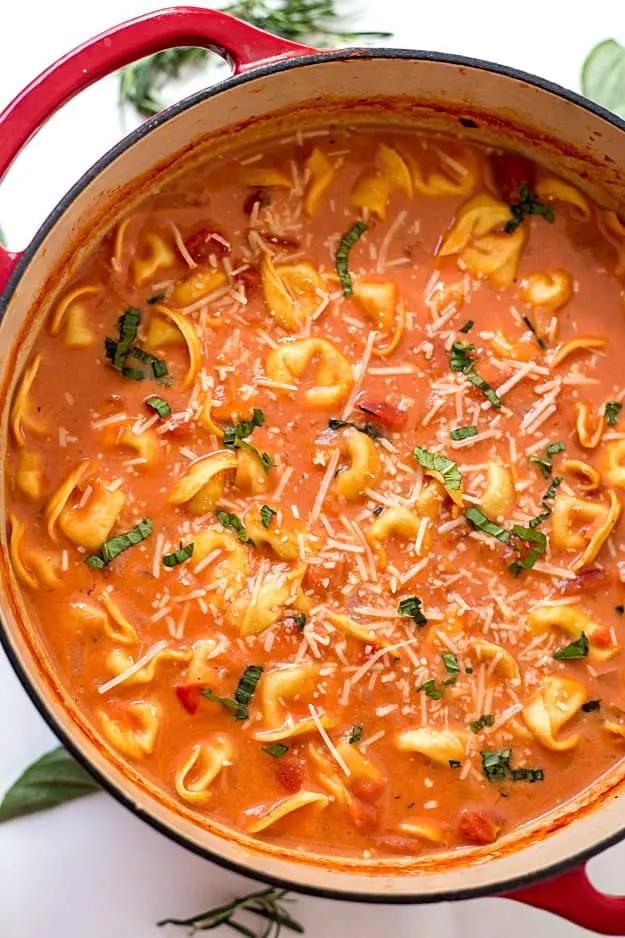
Credit: Gal On A Mission
6. Creamy Chicken Tortilla Soup
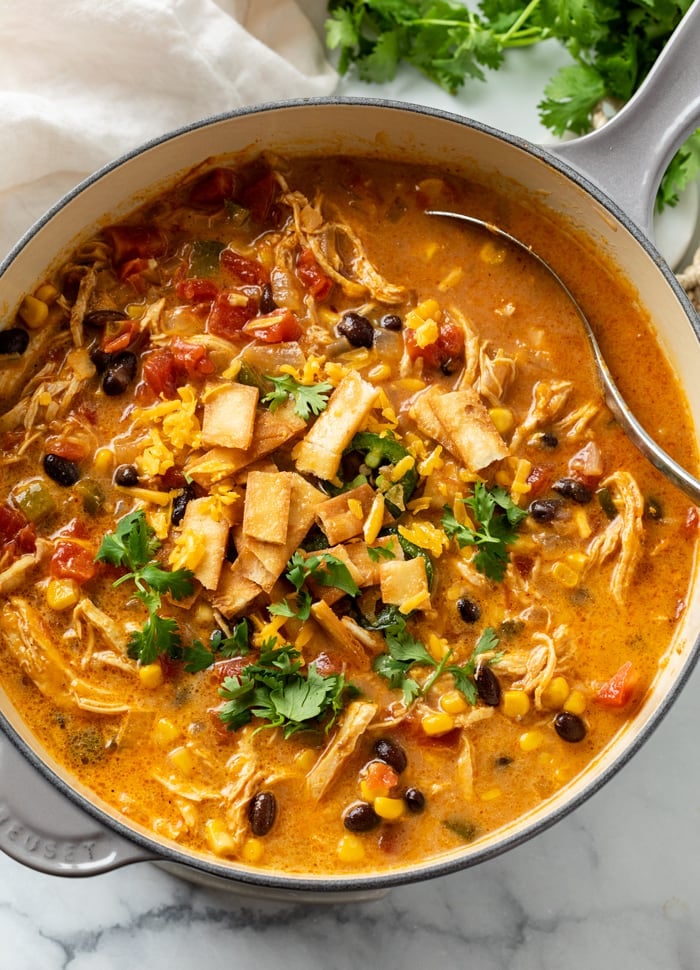
Credit: The Cozy Cook
5. Creamy Chicken & Rice Soup

Credit: Salt And Lavender
4. Carrot Ginger Soup

Credit: Two Peas And Their Pod
3. Homemade Sweet Corn Soup

Credit: Larder Love
2. Italian Wedding Soup
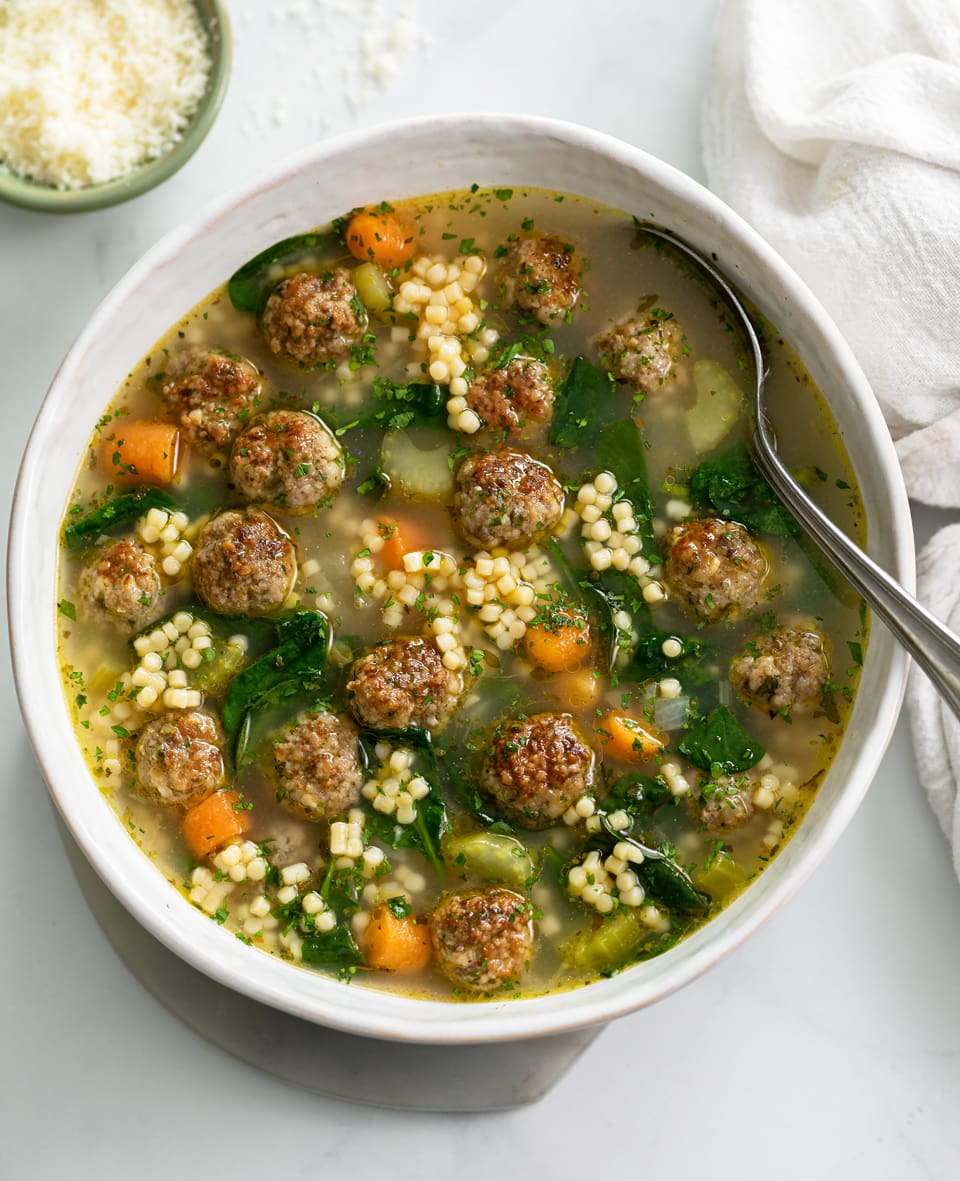
Credit: The Cozy Cook
1. Chicken Enchilada Soup

Credit: Healthy Fitness Meals
SAVE THIS PIN FOR LATER

FAQs
Q. Can I freeze soups for later use?
Absolutely! Fall soups can be easily frozen for later enjoyment. Allow the soup to cool completely before transferring it to airtight containers or freezer bags. Label the containers with the soup name and date of freezing. Frozen soups can be stored for up to three months.
Q. How can I make my soup thicker?
If you prefer a thicker consistency in your fall soups, there are a few methods you can try. First, you can puree a portion of the soup using an immersion blender or a countertop blender. Alternatively, you can add a roux—a mixture of equal parts flour and fat—to your soup to thicken it. Finally, incorporating ingredients like potatoes or legumes that break down during cooking can naturally thicken your soup.
Q. Can I substitute ingredients in soup recipes?
Absolutely! Fall soup recipes are highly adaptable, and you can often substitute ingredients based on personal preference or dietary restrictions. For example, if a recipe calls for kale but you prefer spinach, feel free to make the swap. Just keep in mind that certain substitutions may alter the flavor or texture of the final dish.
Q. Can I use canned produce instead of fresh in soups?
While fresh produce is ideal for fall soups, canned alternatives can be used if fresh ingredients are not readily available. Canned vegetables, such as tomatoes or beans, can still add flavor and texture to your soups. Just be mindful of the sodium content and adjust the seasoning accordingly.
Q. Can I use frozen vegetables in soups?
Yes, frozen vegetables can be a convenient alternative when fresh produce is not available. They are often flash-frozen at their peak ripeness, preserving their nutrients and flavors. Just make sure to adjust the cooking time accordingly, as frozen vegetables may cook faster than fresh ones.
Q. How do I store fresh produce for soups?
To prolong the freshness of your fall produce, it’s essential to store them properly. Most vegetables and fruits should be stored in a cool, dark place with good ventilation, such as a pantry or cellar. However, some items like leafy greens and herbs are best stored in the refrigerator. It’s also helpful to keep produce separate from each other, as some emit gases that can accelerate ripening or spoilage in others.
Q. Can I use herbs and spices to enhance the flavors of soups?
Absolutely! Herbs and spices are fantastic additions to elevate the flavors of fall soups. Sage, thyme, rosemary, and bay leaves are popular choices for imparting earthy and aromatic notes. Spices like cumin, paprika, and turmeric can add warmth and depth to your soups. Don’t be afraid to experiment with different combinations to find your preferred flavor profile.






